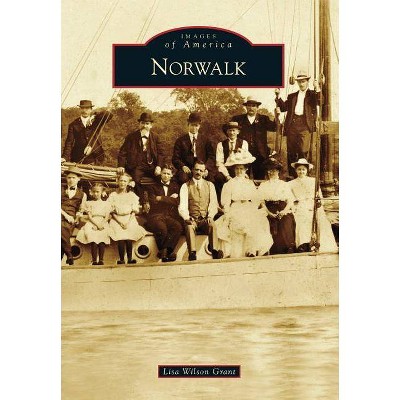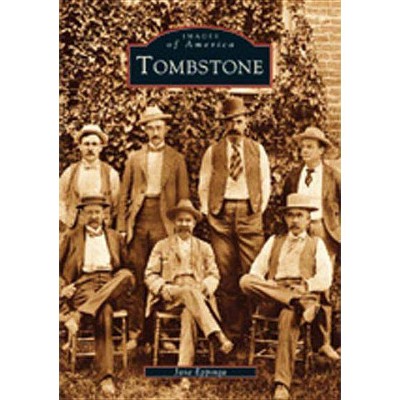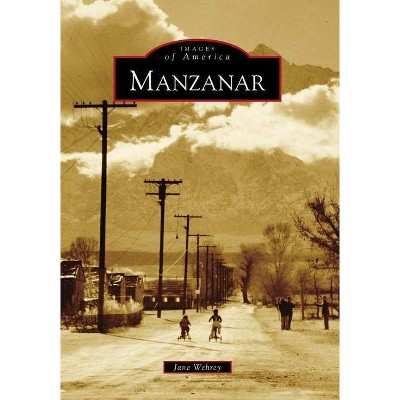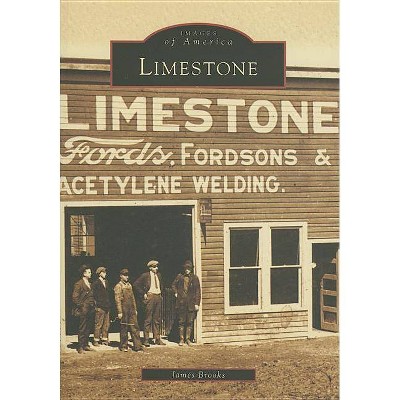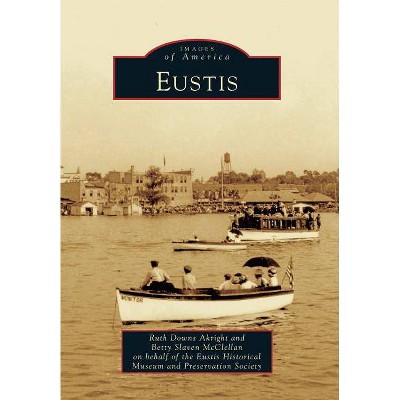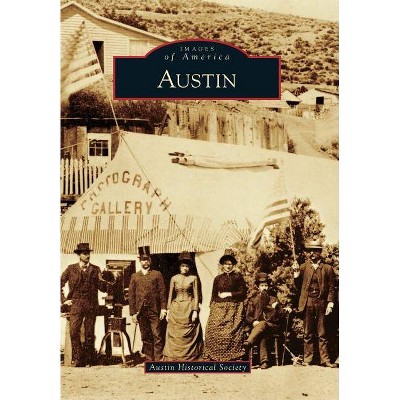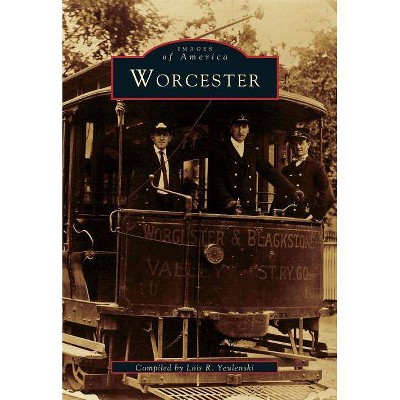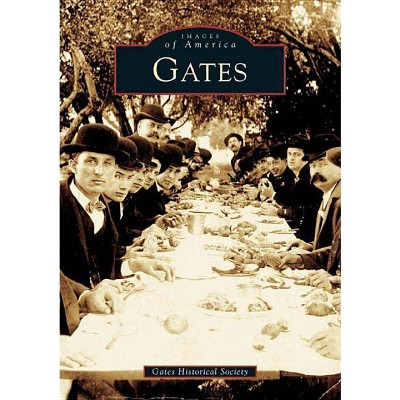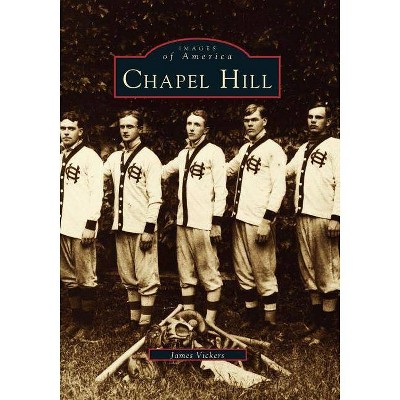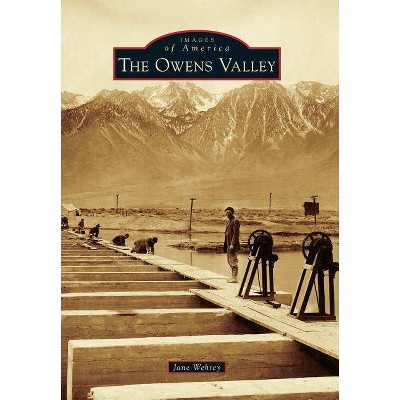Texon - (Images of America (Arcadia Publishing)) by Jane Spraggins Wilson & James A Wilson (Paperback)
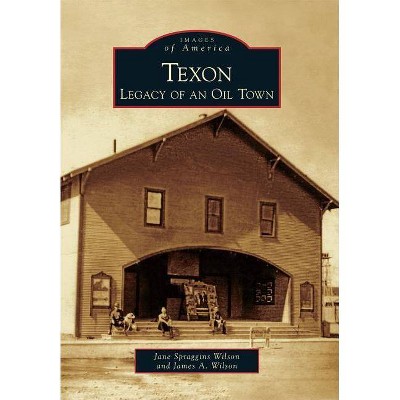
Similar Products
Products of same category from the store
AllProduct info
<p/><br></br><p><b> About the Book </b></p></br></br>From 1924 to 1962, Texon was a model company oil town in Reagan County, Texas. Pittsburgh-based Big Lake Oil Company developed the town site next to the Big Lake Oil Field and Santa Rita No. 1, the discovery well on University of Texas lands in the Permian Basin. Pres. Levi Smith ensured that company employees and their families enjoyed comfortable housing and community amenities, including a grade school, hospital, nondenominational church, theater, swimming pool, and baseball park, as well as a caf and dry goods, grocery, and drugstores. By the end of World War II, the Big Lake Field's declining production meant a smaller workforce and a declining Texon population. Plymouth Oil assumed ownership in 1956 and six years later sold out to Marathon Oil, which ended company support for the town. At annual reunions, however, former residents--who remember Oiler baseball, scouting, Sunday school, and Labor Day celebrations--have kept the Texon experience alive.<p/><br></br><p><b> Book Synopsis </b></p></br></br>From 1924 to 1962, Texon was a model company oil town in Reagan County, Texas. Pittsburgh-based Big Lake Oil Company developed the town site next to the Big Lake Oil Field and Santa Rita No. 1, the discovery well on University of Texas lands in the Permian Basin. Pres. Levi Smith ensured that company employees and their families enjoyed comfortable housing and community amenities, including a grade school, hospital, nondenominational church, theater, swimming pool, and baseball park, as well as a cafe and dry goods, grocery, and drugstores. By the end of World War II, the Big Lake Field s declining production meant a smaller workforce and a declining Texon population. Plymouth Oil assumed ownership in 1956 and six years later sold out to Marathon Oil, which ended company support for the town. At annual reunions, however, former residents who remember Oiler baseball, scouting, Sunday school, and Labor Day celebrations have kept the Texon experience alive."<p/><br></br><p><b> Review Quotes </b></p></br></br><br>Title: OUT YONDER: Professor writes about lost oil town <br>Author: Ross McSwain <br>Publisher: Go San Angelo Standard-Times <br>Date: 7/9/2011 <p><br>SAN ANGELO, Texas Jane Spraggins Wilson knows a lot about her lost hometown, and she and her husband, James A. Wilson, recently shared those memories of Texon to the Friends of the ASU Library. <p><br>Today, the once lively West Texas oil town of Texon is simply a few building foundations scattered among the brush-covered landscape. A historical marker telling about the town and its development stands along U.S. 67 at the turnoff to the townsite. <p><br>Wind and dust are now the primary visitors to the area. <p><br>The Wilsons, who now live in San Marcos where he is a professor emeritus in the History Department at Texas State University, have been on the road selling their book, "Texon, Legacy of an Oil Town." <p><br>They had a book signing at ASU's West Texas Collection, where many items of Permian Basin history are stored. Several dozen people heard their joint presentation on the book's preparation, including several former residents of Texon. <p><br>Jane said many former residents, who take part in the annual reunions, helped provide information and photographs for the book, one of the "Images of America" series being published nationwide by Arcadia Publishing Co. of Charleston, S.C. <p><br>The book is available locally at several outlets including Hastings and Cactus Book Shop. <p><br>For some 40 years, Texon was an oil company town. It came about with the drilling of the Santa Rita No. 1 well in May 1923, which set into motion a huge oil boom that enriched West Texas and many of its ranchers and, more especially, the University of Texas, which received most of the royalty checks. <p><br>From 1924 until 1962, Texon was a model company oil town in Reagan County, some 80 miles west of San Angelo, then its principal supply base. <p><br>The town was one of the largest of the many oil camps set up in during those boom years. It was developed by Big Lake Oil Co. executive Levi Smith, who wanted to create a safe and comfortable community for workers. He had seen too much violence and crime in other rowdy camps during his career in the early energy business. <p><br>The town grew quickly as hundreds of Texas farmers sought work in the oil patch. The cotton patches were producing only five to six cents per pound of cotton, thus a few dollars a day, as an oil company day laborer offered financial relief for many. <p><br>Gang pushers, or foremen, found out quickly that the so-called "farm boys" made better workers than the dismounted cowboys. They already were used to hard manual labor. <p><br>Texon had nearly 1,200 residents in 1930. The town had amenities rarely found in such "temporary" communities a swimming pool, nine-hole golf course, movie theater, hospital and clinic, a school, post office, grocery store, barber shop, tailor shop and beauty parlor and a baseball park and championship semipro team, the Texon Oilers. <p><br>Unprofitable post-wartime drilling from 1946 to 1962 would signal Texon's demise. Soon many of its houses were moved to other oil camps, the school and hospital closed and folks started moving away to seek new homes and employment. A handful remained to keep the Boy Scout troop active and to sing in the church choir. <p><br>"To the end, those staying were community-minded," said the professor. <p><br>It's sad to see the small communities disappear, but they live on in the memories of those who grew up in those places. The Wilson book is filled with historical information on that once famous town. <p><br>Thought for the week: Old men have a hard time dealing in the past and living in the future. Monte Noelke, Mertzon. <p><br>I'll be seeing you Out Yonder. <p><br>Ross McSwain can be contacted at yonder11@suddenlink.net, or check his website www.rossmcswain.com."<br>
Price History
Price Archive shows prices from various stores, lets you see history and find the cheapest. There is no actual sale on the website. For all support, inquiry and suggestion messages communication@pricearchive.us
